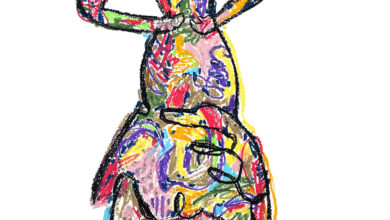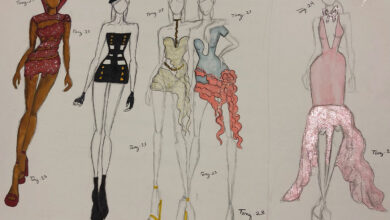Zoot Sees
Surgically adorned
Dissecting aesthetics, heritage and healing in Olga Noronha’s Medically Prescribed Jewellery

A Portuguese jewellery designer adorning unexpected materials, Olga Noronha uses her craft to explore the intersection of aesthetics and healing. As the principal investigator in Biofiligree, a study of filigree patterns for biomedical jewellery applications, Olga works with a multidisciplinary team to create intricately decorated and therapeutically viable fixation plates and prosthetics that double as jewels applied directly to the body.
Delving into her trajectory as a jewellery designer and her goals for the Biofiligree project, ZOOT spoke with Olga, whose Medically Prescribed Jewellery can be seen in her BioFiligrana exhibition at the Galeria da Ordem dos Médicos do Sul in Lisbon, now through 10 February.
Words by Michaela Doyle
Interview by Jonathan Coelho
Given her chosen artistic medium, you might not guess that Olga Noronha was once afraid of needles: “I had a relationship of total rejection”. A conversation she had with her father during her PhD studies led her to explore her trypanophobia. “I thought it was time to try to overcome the trauma,” Olga explains. “To achieve this, I decided to subject myself to the constant handling of needles.” It was an ambitious project, inspired in part by psychological theories of attraction and rejection—and put into motion by her jewellery design prowess.
I used needles, without detracting from their medical use, reinventing them and transforming them into aesthetic objects, such as earrings and safety pins. The moment I dissociate them from medical use, they become gold and diamond jewellery, but as I have maintained viability, after sterilisation, they can be used.
Why can’t I get a vaccine using my needle which, before going to the autoclave, is my earring?
– Olga Noronha

Today, attending one of Olga’s exhibitions is to be confronted with needles, surgical staples, orthotics, prosthetics, and sutures in silver and gold—items not typically seen outside a healthcare context and certainly not usually embellished with precious metals and jewels. Viewers are encouraged to rethink common phobias attached to these items, as Olga did herself, as well as cultural assumptions about aesthetic value. In creating these ornaments that have therapeutic value, Olga calls attention to the body just as it is and also to its future potential.


Although she chose an artistic path, Olga’s experience growing up as the child of two doctors, and often coming into contact with surgical materials and medical reports, sparked her curiosity in anatomy and medicine. She wondered how far it was possible to go in combining “scientific pragmatism and the conceptualism of art, particularly jewellery”. In her latest exhibition titled Biofiligrana or Biofiligree, running now at the Galeria da Ordem dos Médicos do Sul, we see how far her work has come in this endeavor.
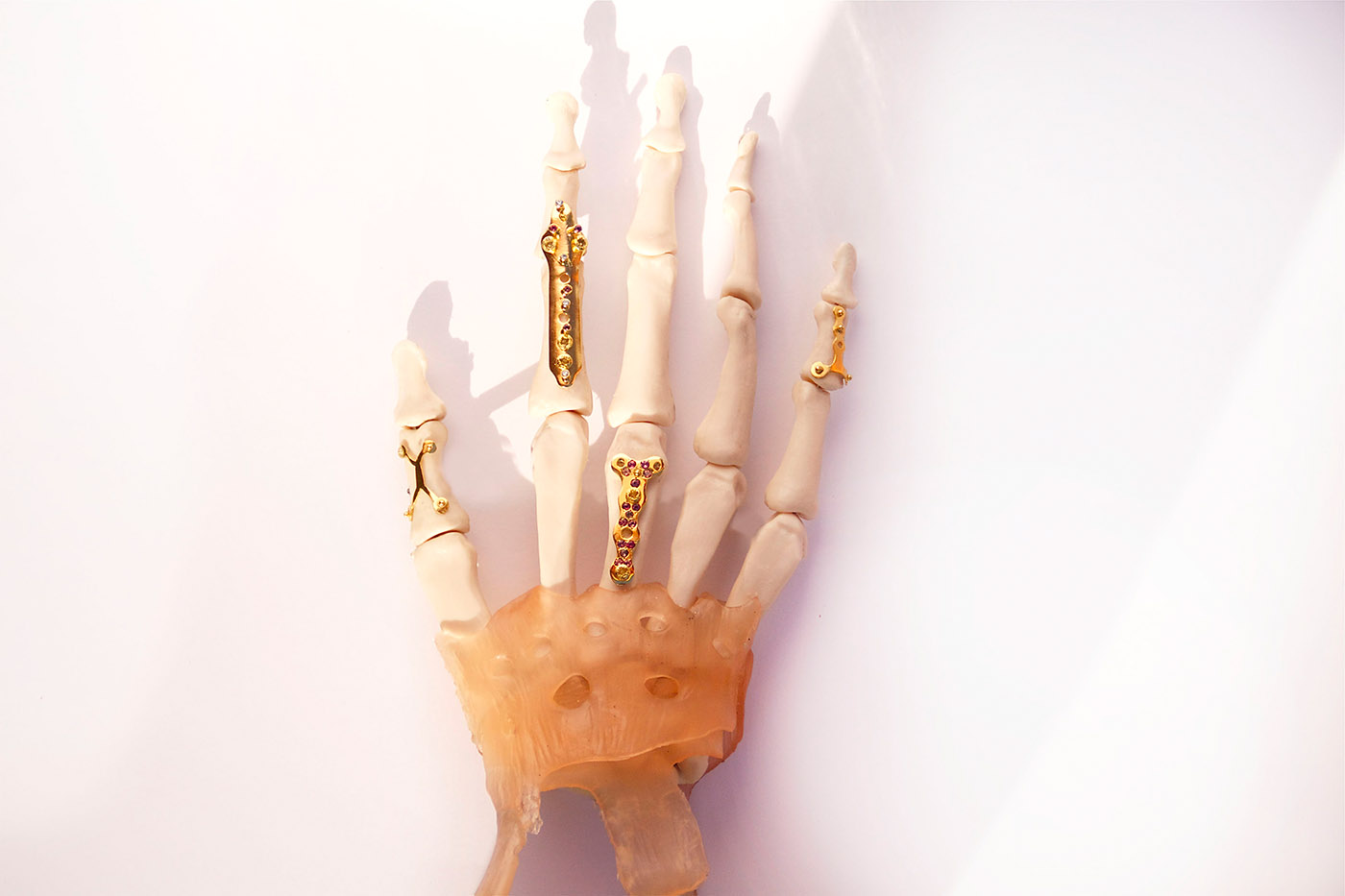
With a degree in Jewellery Design from Central Saint Matins and a Masters in Research in Design as well as a PhD from Goldsmiths College, Olga combines her expertise as a jewellery designer and a researcher to create unique jewellery that is both aesthetically and medically valuable. Now, with an idea stemming from her PhD research, Olga is working with a multidisciplinary team of experts in the fields of art, design, biomechanics and medicine, as the principal investigator for Biofiligree, a “study of filigree patterns for biomedical jewellery applications”.
Olga’s work posits that the impacts of beautification extend beyond the visual. By being aware of the hidden jewels beneath the surface, the wearer—that is, the patient—draws new meaning from the injury and from the body as a whole, allowing for the healing to be both physical and psychological. As she explains, “physical identity is greatly facilitated in this context of change. It speaks precisely of the opportunity of adversity.”
Going even further, it is anticipated that the Biofiligree plates, when manipulated by a surgeon, could promote better and more customisable fracture healing than traditional plates, which feature a uniform and less malleable surface.
Ultimately, the pieces presented in the exhibition are intended to replace conventional surgical materials with plates, rods, screws and prosthetics that would double as “jewels” hidden inside the body. After restoring functionality to the injured limb and helping the bone heal, the wearable therapeutic art could even be extracted and turned into a more traditional piece of jewellery, like a ring, bracelet or a pendant.

The filigree patterns Olga uses to adorn the platelets are also meaningful. The technique has a strong tradition in some regions of Portugal. Thus, the project is not only aimed at scientific intervention, but also seeks to preserve a material heritage that has been passed down through generations. This Medically Prescribed Jewellery includes surgical plates and prosthetic joints decorated with intricate filigree patterns featuring traditional wave and heart-shaped motifs, and embellished with delicate jewels and golden screws.
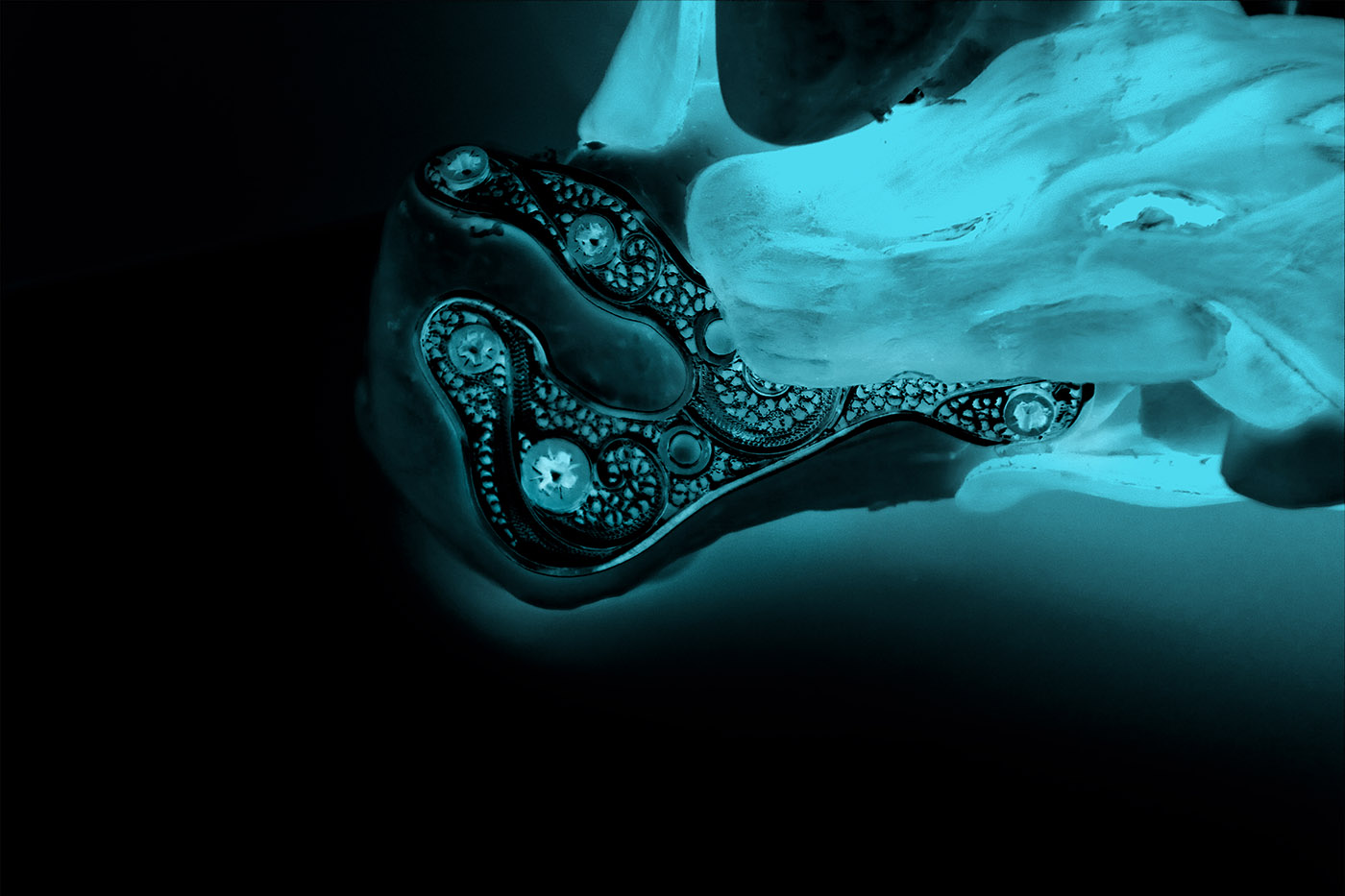
Since 2012, Olga has disseminated her ideas and presented her collections in exhibitions in several countries such as the United Kingdom, Italy, Portugal, Australia and the Netherlands. Ahead of the final day of her latest exhibition in Lisbon, ZOOT spoke with Olga about the Biofiligree project, her Medically Prescribed Jewellery and her work at intersection of medicine and physical ornamentation.
ZOOT Magazine: Your creations always involve a dialogue with the body, encouraging us to see therapeutic tools and jewellery in a different way. Where does this fascination between the fusion of anatomy and jewellery come from?
Olga Noronha: My father is an orthopedic surgeon and my mother is also a doctor and, although I decided to embark on an artistic career, I always had contact with medical-surgical materials and clinical reports. In 2010\2011 I began to look closely at surgical tools and techniques, and to question myself to what extent I could or could not combine scientific pragmatism and the conceptualism of art, particularly jewellery. This is how this project came about, which reflects a new concept in jewellery, by exploring a fusion between anatomy and medicine, having as its starting point the manipulation of objects and materials used at a medical and surgical level, in order to create objects/sculptures/jewellery that are closely related. with the human body. I therefore intend for the objects to behave as if they were in dialogue with the body where they are placed. From the intellectualisation necessary for the appreciation of the pieces and the ambiguity that arises from the relationship between the spectator/user and the object, it is intended that the former is able to understand the piece as if it were his own body, helping him to overcome eventual traumas and fears you have in relation to medical-surgical instruments. It is in this context that I explore the concepts of orthosis and prosthetic elements, internal and external, trying to integrate them artistically and always thinking about their potential use at a scientific level.



Can you tell us how you came up with this idea for your doctoral thesis? When you entered your program at the beginning, did you know this was what you wanted to do?
ON: Yes, I already knew I wanted to focus on the development of my concept of Medically Prescribed Jewellery®. In fact, it all started in the penultimate year of my degree, when I remember sharing with my father that I really wanted to explore a situation stemming from a childhood phobia I had with needles.
I had a relationship of total rejection, but I thought it was time to try to overcome the trauma. To achieve this, I decided to subject myself to the constant handling of needles. This is how, based on the psychiatric theory of the attraction/rejection conflict, closely linked to Sigmund Freud’s theory of the “uncanny/familiar”, that I advanced with my degree project in which I wanted to subvert the theory and do something based on the rejection/attraction conflict. Through the transformation I move from a total rejection of the idea to something that is so aesthetically appealing that I end up being able to reframe it in my daily life. I used needles, without detracting from their medical use, reinventing them and transforming them into aesthetic objects, such as earrings and safety pins. The moment I dissociate them from medical use, they become gold and diamond jewellery, but as I have maintained viability, after sterilisation, they can be used. Why can’t I get a vaccine using my needle which, before going to the autoclave, is my earring?


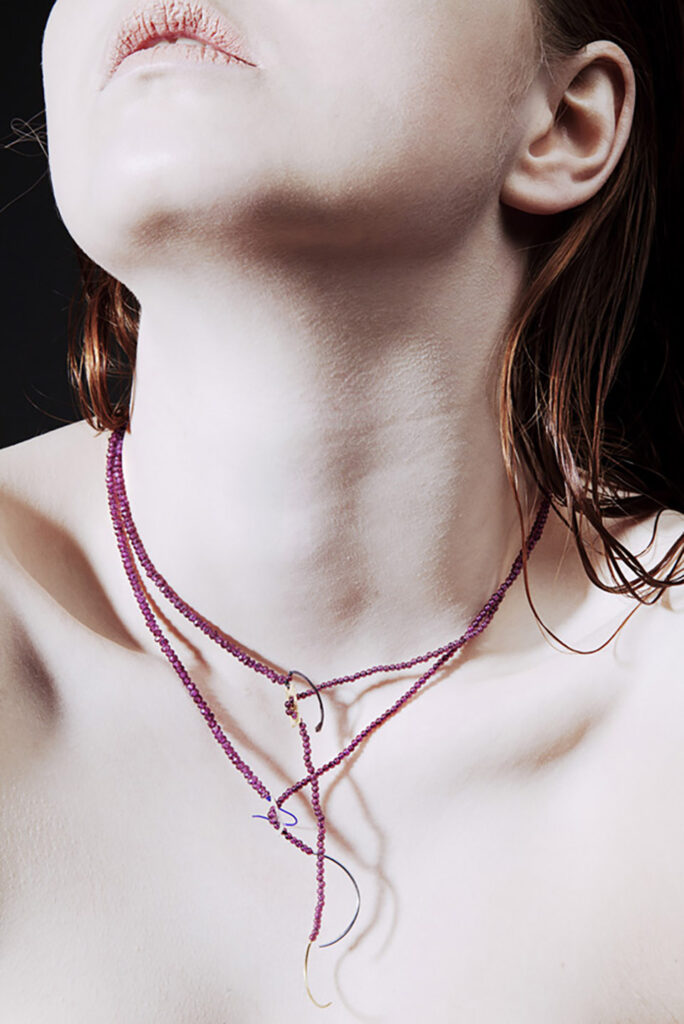
Why is it important to “add value to the mended body”, as you mention in the project summary on the website?
ON: Just like in japanese art of “kintsugi”, my work with Medically Prescribed Jewellery® is physical kintsugi because it brings a process of beautification and added value to the body, maintaining functionality. A jewel like this adds, first of all, aesthetic and emotional value. This is my great challenge in life: to be able to bring beauty to these medical devices, enhancing the healing process more and better
It is to seize the opportunity that arises in adversity, as the model and athlete Aimee Mullins teaches us, who for health reasons had to amputate her legs. Aimee Mullins works with artists like cinephile Matthew Barney or on fashion shows, completely subverting the concept of beauty, a subversion, by the way, that should be done as many times as possible. This model gives many speeches and there is a TED-Talk in which, in a very inspiring way, she explains the moment when she became aware that after the amputation she could choose which woman she is each day: with 2 meters one day, 1m the next. The important thing is that she doesn’t stop being a woman because of this, regardless of the legs she has. Physical identity is greatly facilitated in this context of change. It speaks precisely of the opportunity of adversity.



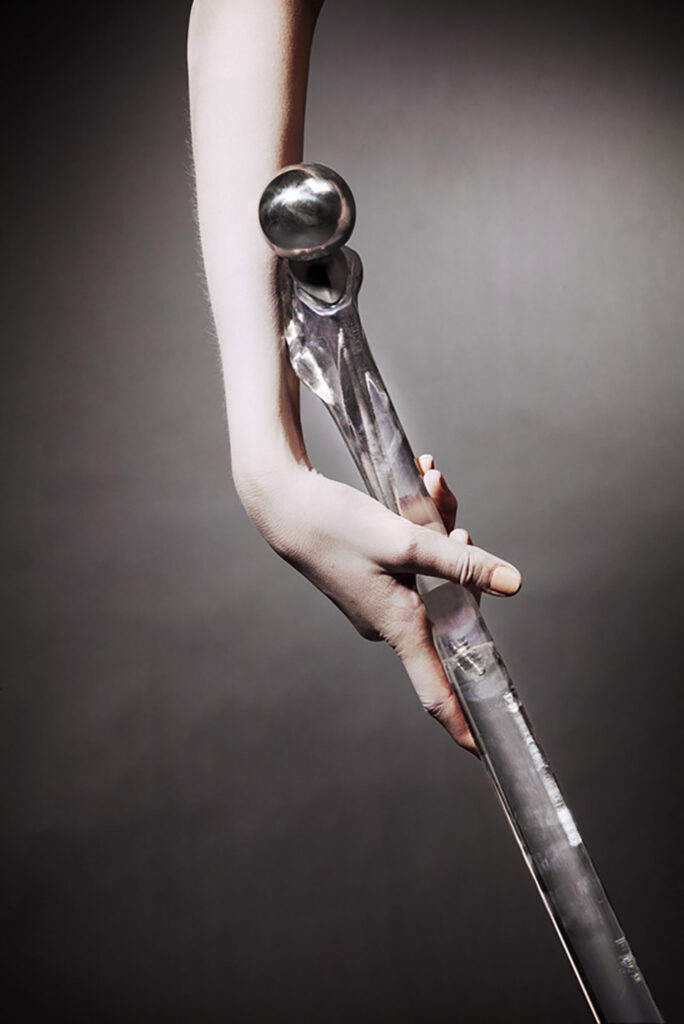
How do you define what jewellery is and is not? Do you think the practical application of your project will redefine these notions for you and for others?
ON: Adornments such as jewellery have been worn for thousands of years, and by virtually every culture ever known. Having had different significance in different times and places, jewels were frequently worn as a display of wealth and status and, concomitantly at times, as functional objects and as a form of currency. Throughout the times, people have used a less evasive variety of temporary and portable/detached ornaments viz. jewellery, accessories and clothing, to semi- permanent ones such as hair dye and makeup. However, many have utilised permanent markings or alteration on the body using medical surgery, such as, piercing, tattooing, scarification, branding, implants, and other invasive practices. These ‘ornaments’ were sought, not only to enhance appearances and to symbolise affluence, power, prestige, culture and gender but also to illustrate confirmation of and devotion to their beliefs. Human beings have developed contrasting reasons for celebrating the body as “a ground on which [they can] inscribe significant meaning” (Mascia-Lees F. E., 1992). The body is inherently branded with surrounding culture and, without such, it would not be able to move inside the routes of social exchange to convey a distinct sensibility of the relationship between the body and its surroundings, in its wider sense. It is crucial to understand the piece of jewellery as a niche for multiple socio–political, technological, historical and philosophical frames and approaches, rather than just a fashionable accessory.
With regard to body modification, when I started publishing articles on Medically Prescribed Jewellery®, I was often contacted by people who questioned whether they could already buy and wear it. Of course, I always explained that the purpose of these jewels is to be medically prescribed and not just for aesthetic purposes. But, among these contacts, there were people who reported situations of great physical discomfort and who had scars that they would like to turn into art to feel better about their body. In these moments, faced with these requests for help, I know that my work makes sense. It may not make sense for everyone, but for some it will, as they have emotional weaknesses that can be overcome by this medical approach, where there is room for the aesthetic aspect.

How do you think it will impact the recipient’s view of the surgical repair, their physical body as a whole and the self as a psychological concept?
ON: These medical prescription jewellery are designed and tested to provide a dissipation of forces that we anticipate will be beneficial in healing bone fractures, respecting the areas where only fixation is required, without the formation of bone callus. Our studies have been anticipating that, unlike traditional plates – which have a uniform surface, with equal stiffness and density throughout – they may, when flattened with different density levels and stiffness points, promote better fracture healing . Furthermore, taking into account some adaptation difficulties reported by surgeons, we anticipate that Biofiligree® plates will allow some controlled malleability and adaptation to the patient’s bone during surgery. This adaptation is particularly relevant when we are talking about the fracture of a calcaneus, an ulna or a radius, for example, which have a slightly different configuration from one person to another.
Deep down, I am combining science, technology and art for the treatment and cure of the psychological self without neglecting the physical self. For me, the deepening of usefulness is essential, otherwise it would never have gone beyond a mere hypothesis.

Can you speak more about the filigree technique and its history in Portugal? Is this considered a regional art/craft specialty in the north of Portugal? Have you used the technique in other work?
ON: Yes, I am fascinated by the technique and its cultural and aesthetic heritage. The ancient art of filigree conquered the Iberian Peninsula during the 8th century, thanks to the travels of Arab migrants who brought with them new geometric and floral patterns. It is believed that in Portugal this technique was effectively developed due to mining, carried out by the Romans during the 2nd century BC, and consequent gold mining in the north of Portugal. Filigree was perfected by goldsmiths, particularly from the Minho area, who during the 18th and 19th centuries perfected the technique with precious metals and baroque motifs. In Portugal, filigree stood out due to the vast influence of Portuguese history in the country’s strong relationship with the sea, nature and the Catholic religion. The sea would be personified by fish, shells, waves and boats; nature symbolised by flowers, shamrocks and wreaths; and religion demarcated by crosses, saints and angels. In addition to these themes, Love is also a constant present in the most varied motifs and filigree pieces, mainly reflected by flames, hearts and soft geometries.



Do you think the pieces will have therapeutic benefits beyond the structural repair of the bone?
ON: Yes, there is a physical and aesthetic enrichment in the healing process, of bone consolidation. Although our project is of a technical-experimental nature and we do not have the context to carry out a follow-up of the surgery in psychological terms, these are approaches that I used in a different way in my doctoral thesis. In the thesis I introduced several case studies of what psychiatrists and psychologists have anticipated to be the reaction of patients if they are active participants in the recovery process. The appeasement comes from completely changing the approach. The fact is that, today, patients who are going to receive prostheses or fixation plates are rarely allowed to even see the foreign body that will inhabit their bodies for a short or prolonged period of time. Because the rejection of the “heavy piece of inert, smooth and cold metal” that they are going to put in their body is anticipated.

This is quite an ambitious project that encourages us to rethink art, aesthetics and the body. What are some of the highlights of your work so far?
ON: In this exhibition, you can already see some biomechanical engineering tests that prove the possibility of functioning of some of these proposals. We proved that the medical object, the result of the involvement of the various disciplines, can be combined with an aesthetic component and not only continue to work, but potentially work better than similar objects that already exist on the market.

Can you tell us more about the team?
ON: It is indeed a great challenge to coordinate a team that brings together art, design, biomechanical engineering and medicine. From the moment I was lucky enough to be able to choose and invite the members of my research team, everything became easier. Thoughts all converge to the same point: to see if hypotheses can be put into practice.
I’m very aware that alone I wouldn’t do anything. The idea is mine, but without the practice and knowledge of all team members – from engineers to doctors – nothing would happen. I’m just a catalyst. I don’t have a medical degree, nor do I know how to take biomechanical engineering tests. But I was lucky to manage to be that catalyst and to have come across people who, in the face of my enthusiasm, were also enthusiastic and who began to believe in what I believed. Nobody works for me and I don’t work for anybody. We all work for the project.

What are you hoping for the audience to understand in viewing the exhibition?
Rethinking what is functional and practical and giving it an aesthetic component that can help in psychotherapeutic terms, involving the patient in decisions related to the healing process.
ON: It is to give flexibility to a paradigm that is so rooted in society worldwide, at a time when the value of art in psychotherapies is increasingly recognised.
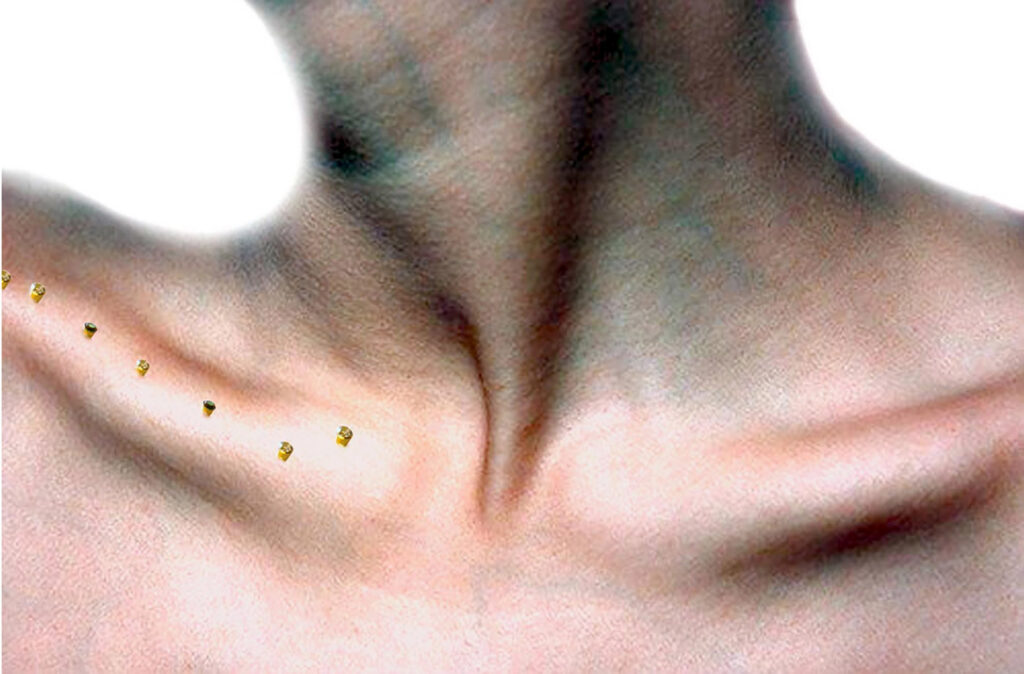
What kind of feedback have you gotten so far, and how will it impact your approach?
ON: I can gladly say the feedback has been incredible, particularly unexpectedly fantastic form the scientific/medical community.



How soon do you think it will be feasible to use the plates in real therapeutic cases?
ON: That is a question I am not yet able to answer but I can assure you that everyday we get a little bit closer to this reality.
All images courtesy of Olga Noronha.
The exhibition “BioFiligrana” is on display until February 20 at
Galeria da Ordem dos Médicos do Sul, @ordemdosmedicos_regiaosul
151 Avenida Almirante Gago Coutinho, Lisbon
Mo-Fr / 10-19h
Free entry.
Olga Noronha
PhD – Doctor in Philosophy / Professor in Design
Curator of Sala Futuro – Museo Del Gioiello (It)
www.olganoronha.com
@olganoronha__official




